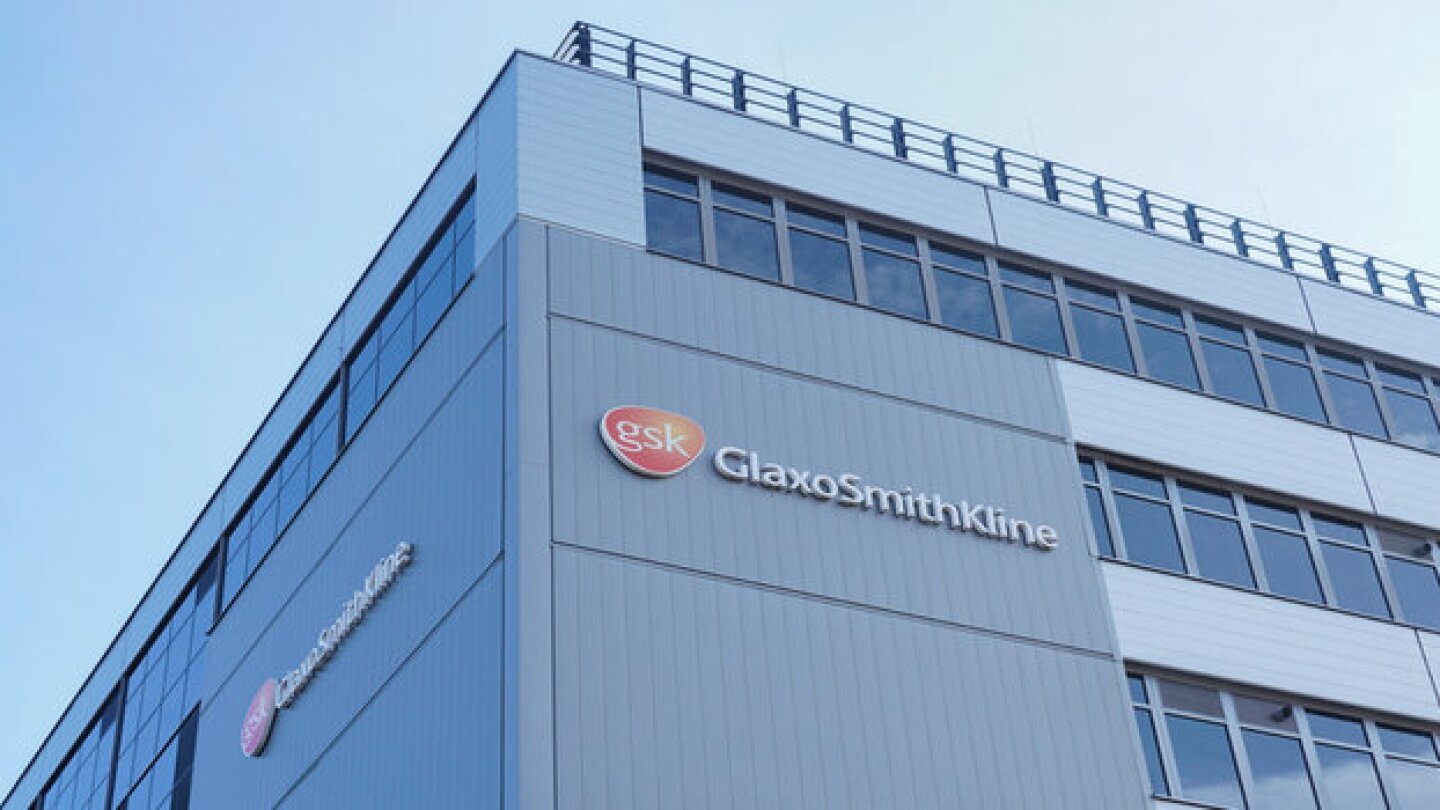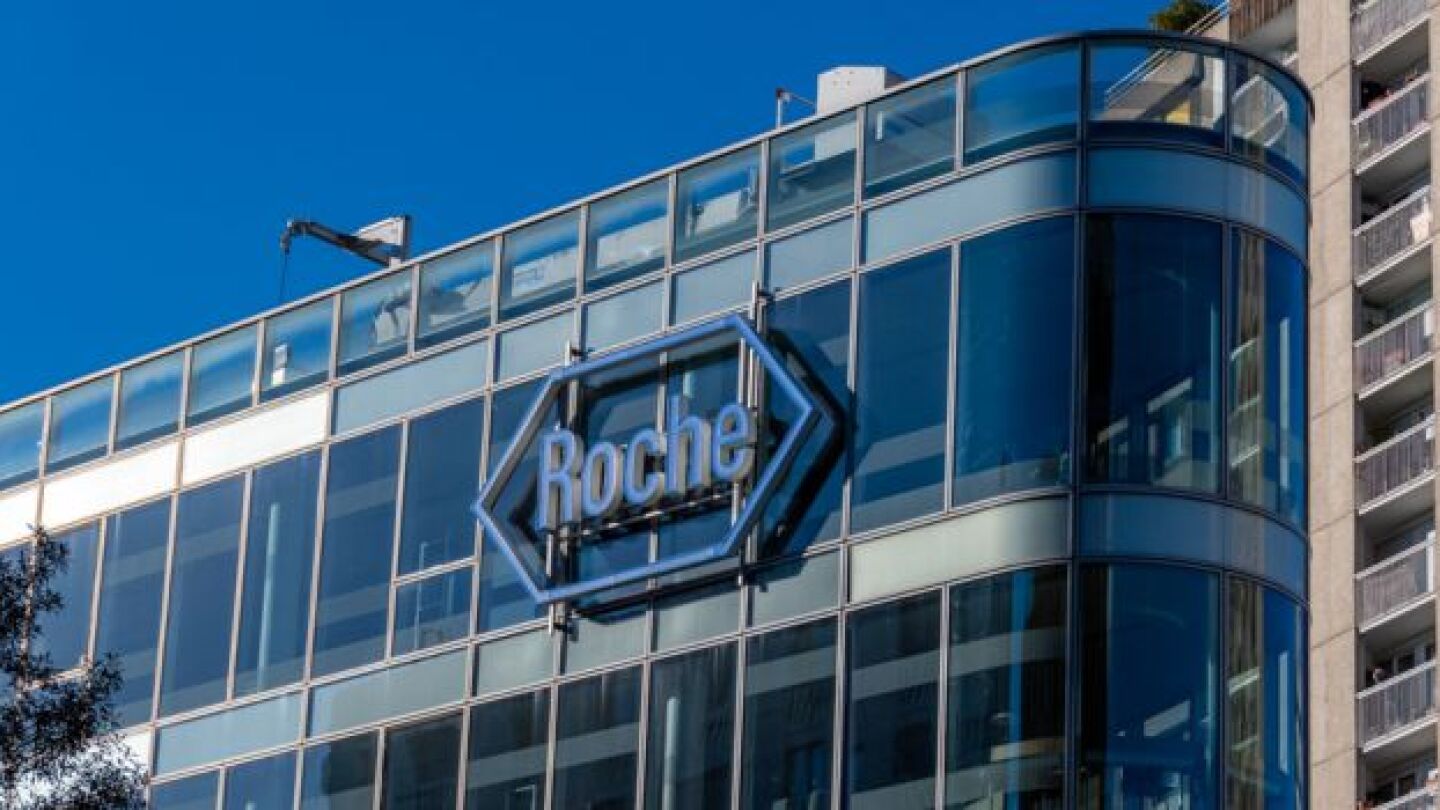Collaboration
Despite significant dips in its vaccines sales, the British pharma narrowly beat consensus estimates for Q4 2024 and raised 2031 sales projections to just over $50 billion.
M&A was already on the upswing in 2024, and the new Trump administration may support that trend. But if data aren’t handled properly, acquisitions won’t reach their full potential.
Faced with the encroaching threats of patent expirations and generics, biopharma companies in 2024 invested 33% more in licensing deals, on average, than in 2023 with an eye toward enriching their pipelines with novel and potentially more effective therapies.
For 2025, Roche will continue a careful approach to high-priced deals, putting science at the center of its business development decisions, executives said Thursday.
Little information has emerged about osavampator, a potentially first-in-class drug, since its promising Phase II performance last spring.
The deal follows a $1.06 billion U.S. contract in July 2024 and a $1.24 billion agreement with an Asia-based pharma a few months later.
With an eye toward advancing a novel antibody-drug conjugate for gastrointestinal cancers, ArriVent is the latest biopharma player to ink a deal with a Chinese biotech.
Five years ago, Gilead signed a massive deal with Galapagos. After a restructuring, the pharma is still hunting for the potential it saw at the original signing.
Biogen’s effort to buy Sage reveals its “desire to expand its pipeline at a discount,” according to analysts from BMO Capital Markets.
In exchange for its investigational gene therapies, Regenxbio will receive $110 million upfront and up to $700 million in milestones. After hitting an all-time low of $6.95 at close of business yesterday, the stock surged on the news by nearly 20% before markets opened Tuesday.
PRESS RELEASES










